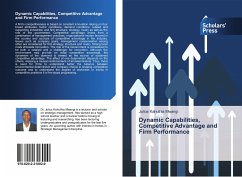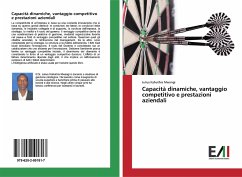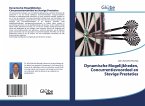A firm's competitiveness is based on constant innovation relying on four broad attributes: factor conditions; demand conditions; related and supporting industries; and firm structure, strategy, rivalry as well as the role of the government. Competitive advantage arises from a combination of management practices, organizational modes favored in the country and sources of competitive advantage in the industry. Issues such as company goals, management compensation among other are considered for firm strategy, structure and rivalry. Strong local rivals stimulate innovation. The role of the Government is considered to be both a catalyst and a challenger for innovation. Although the environment may provide an initial competitive advantage, the dynamism of the diamond is viewed as the source of sustained competitive advantage. The effect of one determinant depends on the others, implying a mutual reinforcement of all determinants. Thus, there is need for firms to understand better the balance between environmental determinism and company choice in shaping competitive outcome and to understand the degree of stickiness or inertia in competitive positions if a firm stops progressing.
Bitte wählen Sie Ihr Anliegen aus.
Rechnungen
Retourenschein anfordern
Bestellstatus
Storno








